
An interesting paradox: the laser disk appeared before the invention of the laser! How could this have happened?
The idea of optical recording on disk has been in the minds of scientists almost since the advent of sound films. The phonograph records wore out very quickly and lost the quality of the recording due to the mechanical contact of the stylus with the surface of the disc. When playing back an optical recording, a beam of light passes through the soundtrack without degrading the recording quality. Well, and the main advantage of recording on a disc is quick access to any part of the recording, in contrast to recording on tape.
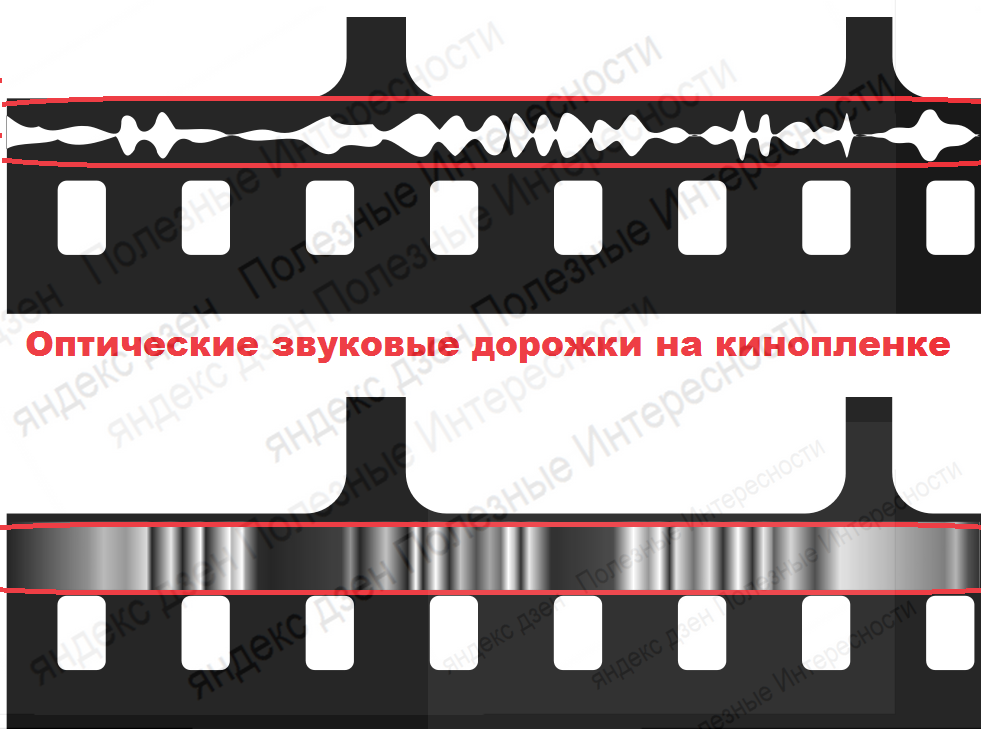
1958 , . , - .
1960 , .
1968 MCA ( Music Corporation of America ) , . Philips LaserDisc. . Philips MCA . 1972 , 1978 .

30 ?
Philips Pioneer . : , - VHS - : D (Compact Disc Digital Audio), .

Laser Vision Disc . . .
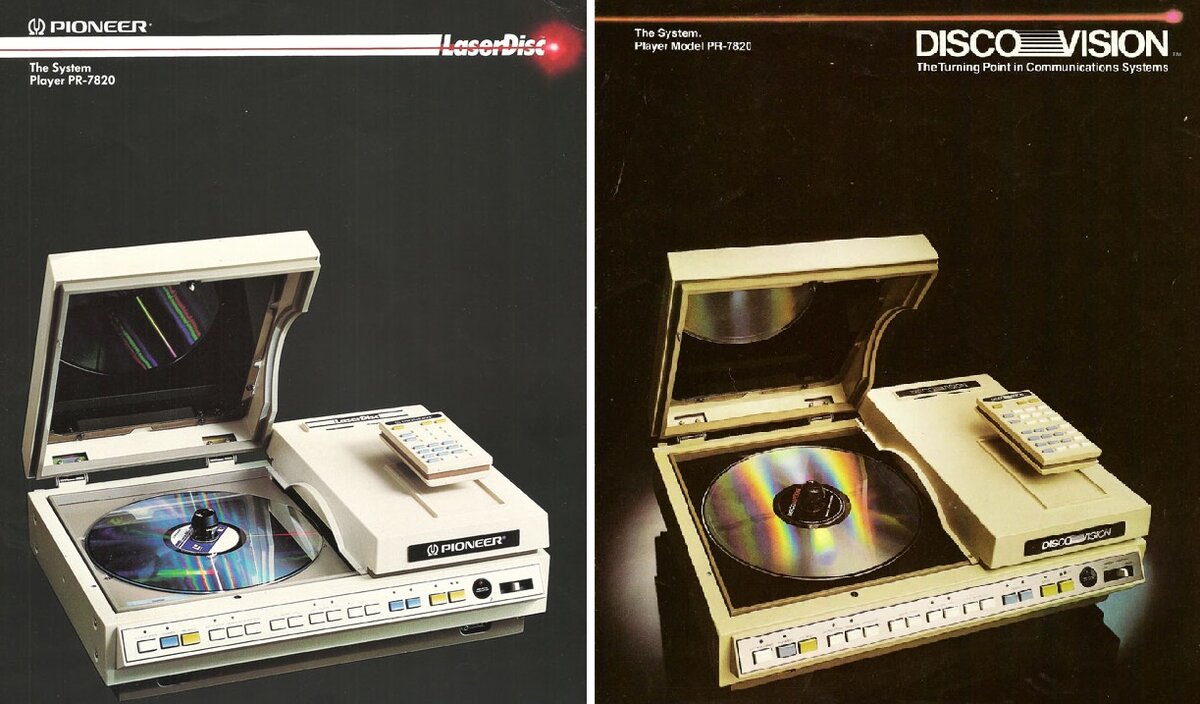
1988 Hi-Vision Laser Disc. . . .
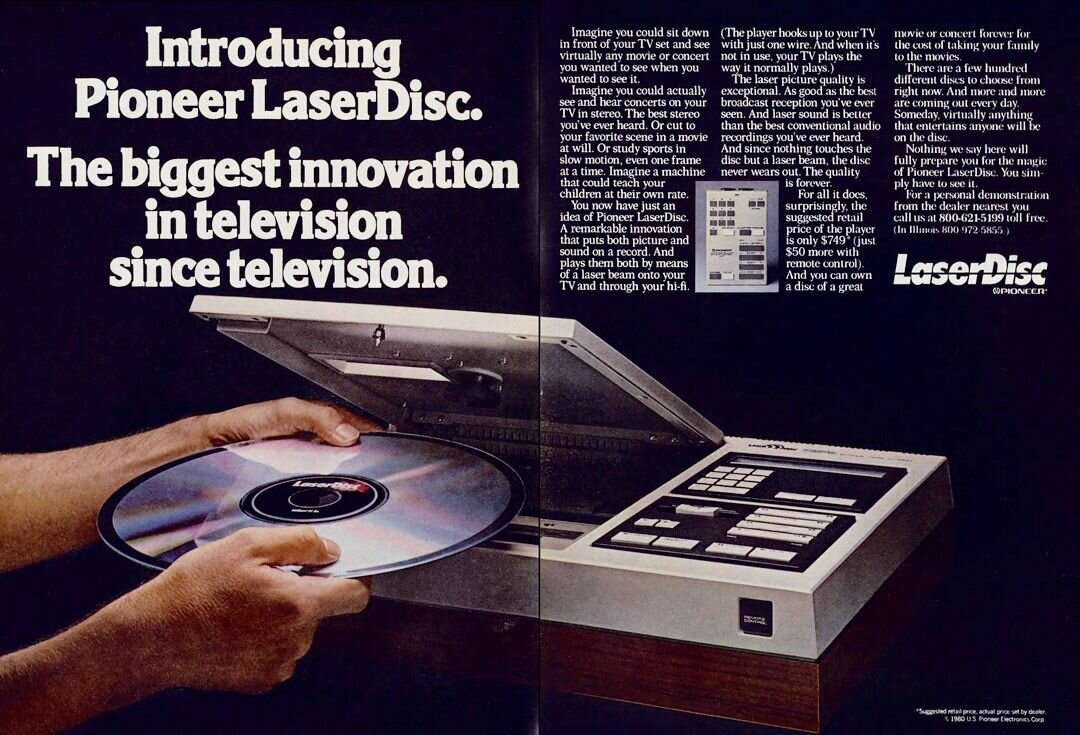
Hi-Vision Laser Disc. VHS. . - 2 - .

1996 DVD Hi-Vision Laser Disc, Pioneer LD 2003 . : - .
To this day, LD fans continue to exploit their players and systematically replenish their video libraries, exchanging and buying old discs on the secondary market.
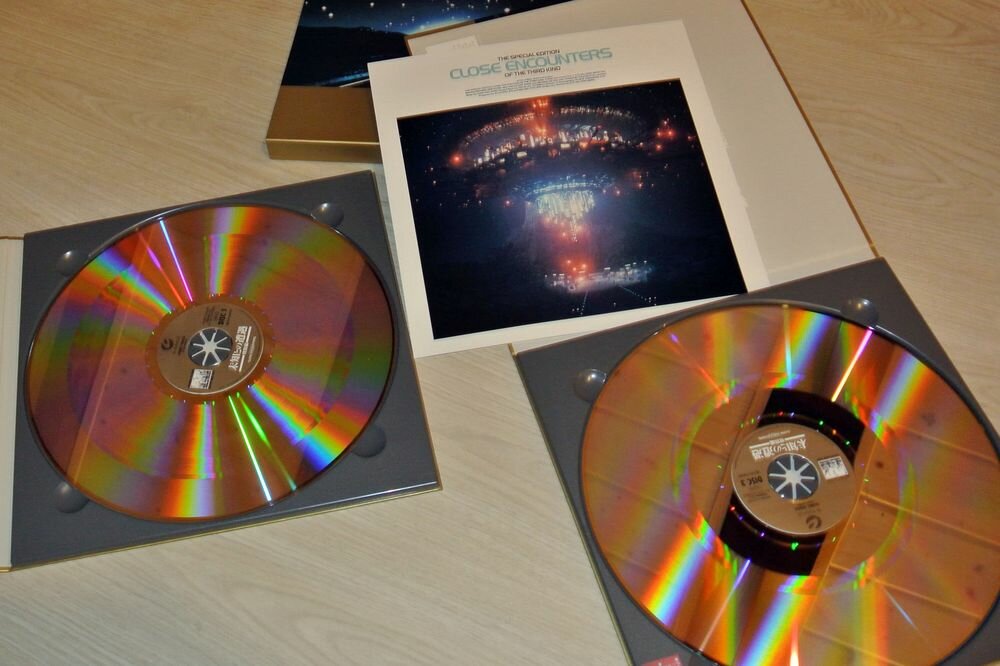
Laser video discs pioneered a wide range of formats: Audio CD, 5.1 Music Disc, Super Audio CD, CD Video (CDV), Video CD (VCD), Super Video CD, CD-ROM XA, CD-Extra, CD-i Bridge, CD-i, DVD-Audio, DVD, HD DVD, Blu-ray Disc (BD).
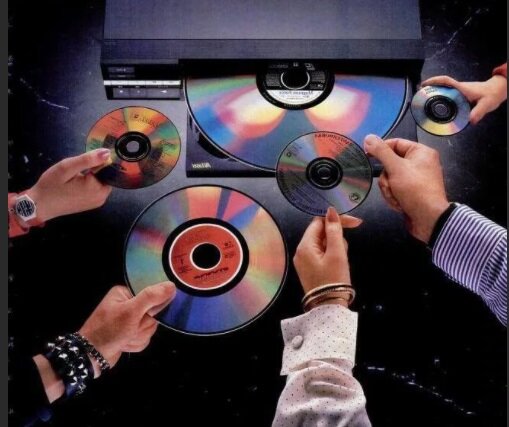
I previously published this article on the Useful Interests channel.